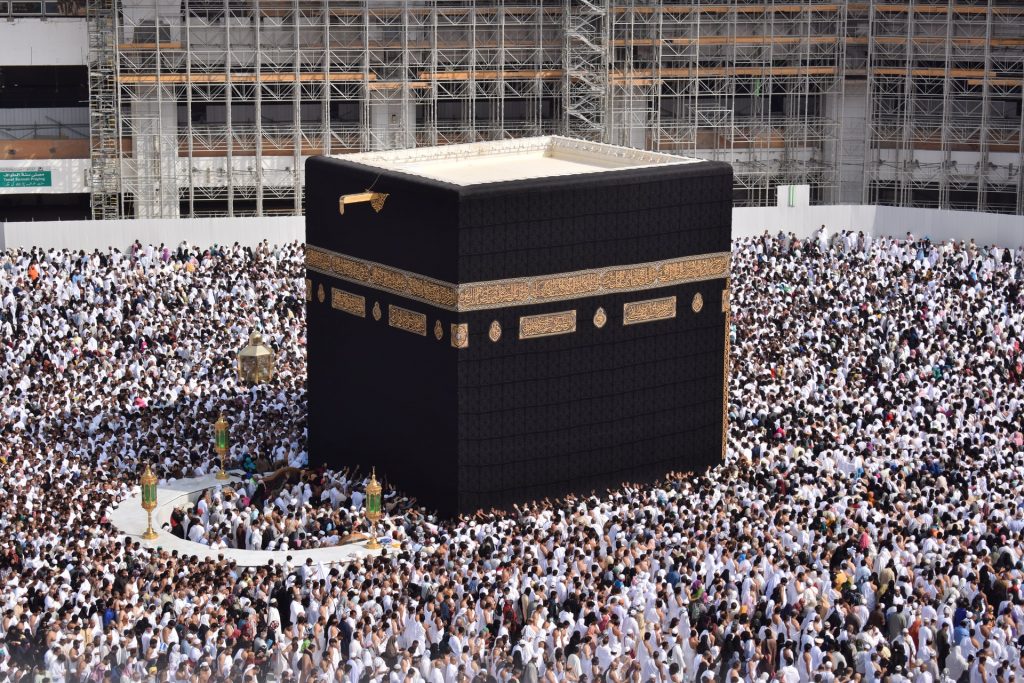The Holy Sites Of Makkah
And What They Signify

Makkah is close to the hearts of all muslims. The city is considered the holiest in terms of religious significance to the Islamic faith; it is home to many locations that play an integral role in Islam, as well as being the birthplace of the Holy Prophet (PBUH). Every year, Muslims flock to the city to perform pilgrimage in the form of Umrah or Hajj. Below are some of the most significant pilgrimage sites of the city and what they mean to the Islamic faith:
The Holy Kaaba
The Kaaba is the most significant structure in Islam. It is considered the house of God, and represents the oneness of Allah. This is why it is the location that all muslims around the world face while performing their prayers five times a day. The Kaaba is also the structure that muslims circumambulate while performing Umrah, and also as a part of Hajj.
Masjid al-Haram
The Masjid al-Haram is the mosque which emcompasses the Holy Kaaba. It is a rectangular building that has a central courtyard in which The Kaaba stands. Masjid al-Haram also houses the Safa and Marwa hills, which are a necessary part of performing Umrah and Hajj. The mosque is also home to the Zamzam Well, which is a sacred spring that has a constant flow of water.
Safa and Marwa
Safa and Marwa hills are located in Makkah and are a part of the Hajj and Umrah pilgrimages. Pilgrims run or walk between the hills seven times as part of the pilgrimage; this act is called Sa’i. This act is performed to represent the way in which Bibi Hajra ran between the hills by the order of God in order to find water for her son, Hazrat Ismail. As a baby, Hazrat Ismail rubbed his feet together while crying, and at his feet the Zamzam Well sprouted; a spring of water that is believed to flow from that day until the Day of Judgement.
Jamarat Bridge
The Jamarat Bridge is located in Mina, close to Makkah. It is a pedestrian bridge which pilgrims use during the “stoning of the devil” ritual of Hajj. The bridge gives easier access to the Jamrah pillars to the growing number of pilgrims every year. Seven pebbles are thrown at the three pillars to signify Hazrat Ibrahim’s rejection of the devil as part of the Hajj pilgrimage.
If you want to see these sites up close with incredible detail, you can download the WUZU app. With this app you can witness the magnitude of these locations down to the texture of the buildings in a 3D depiction of the Holy City. The app also allows you to choose the “Dua” option, so it can guide you with beautiful recitations as you explore.


